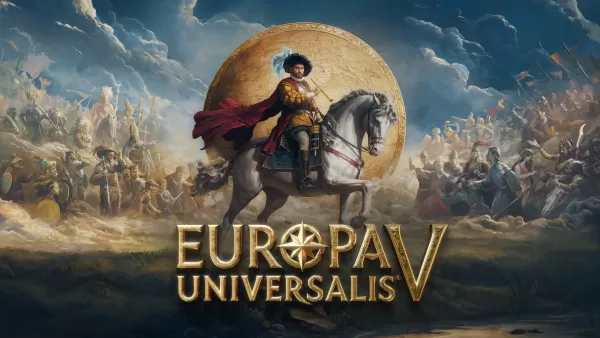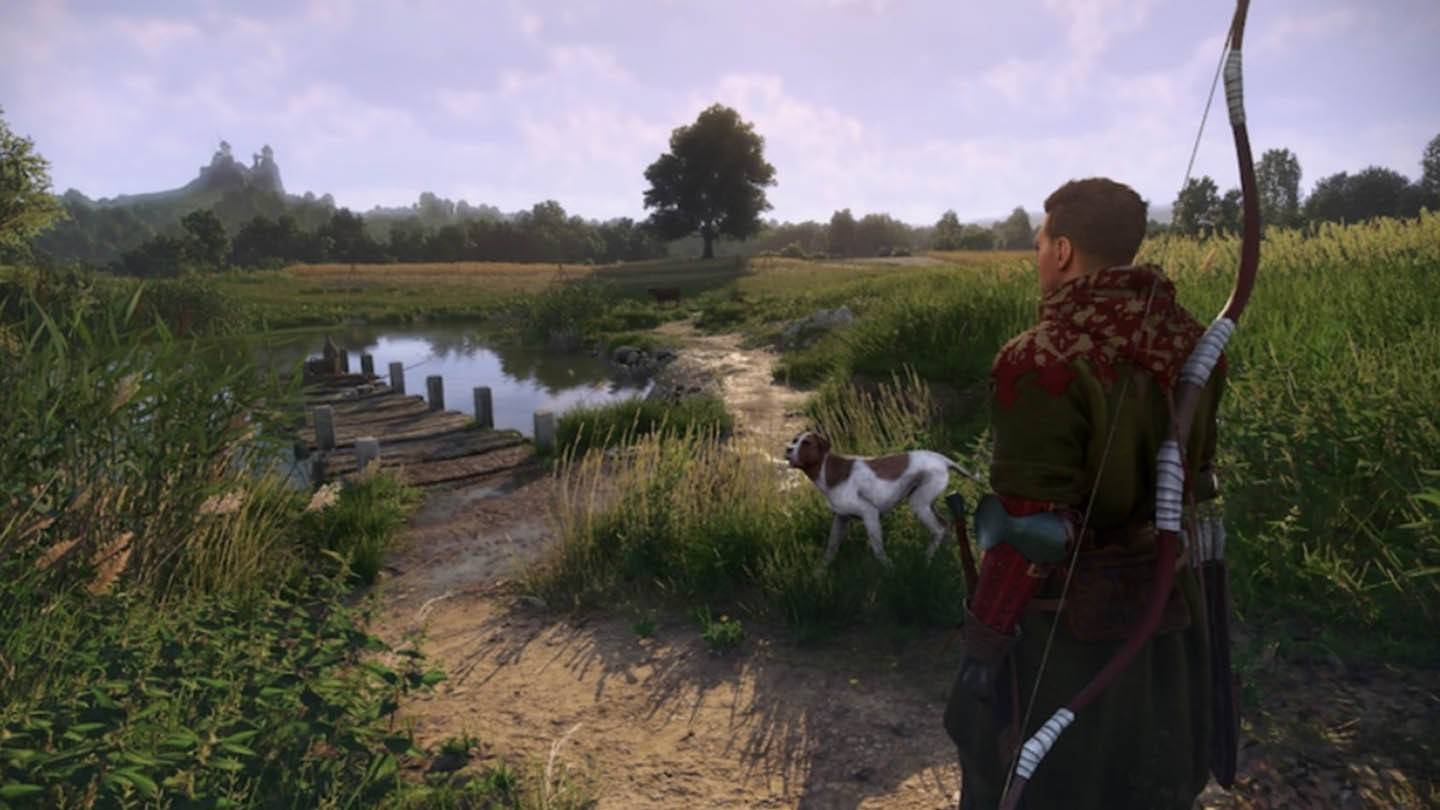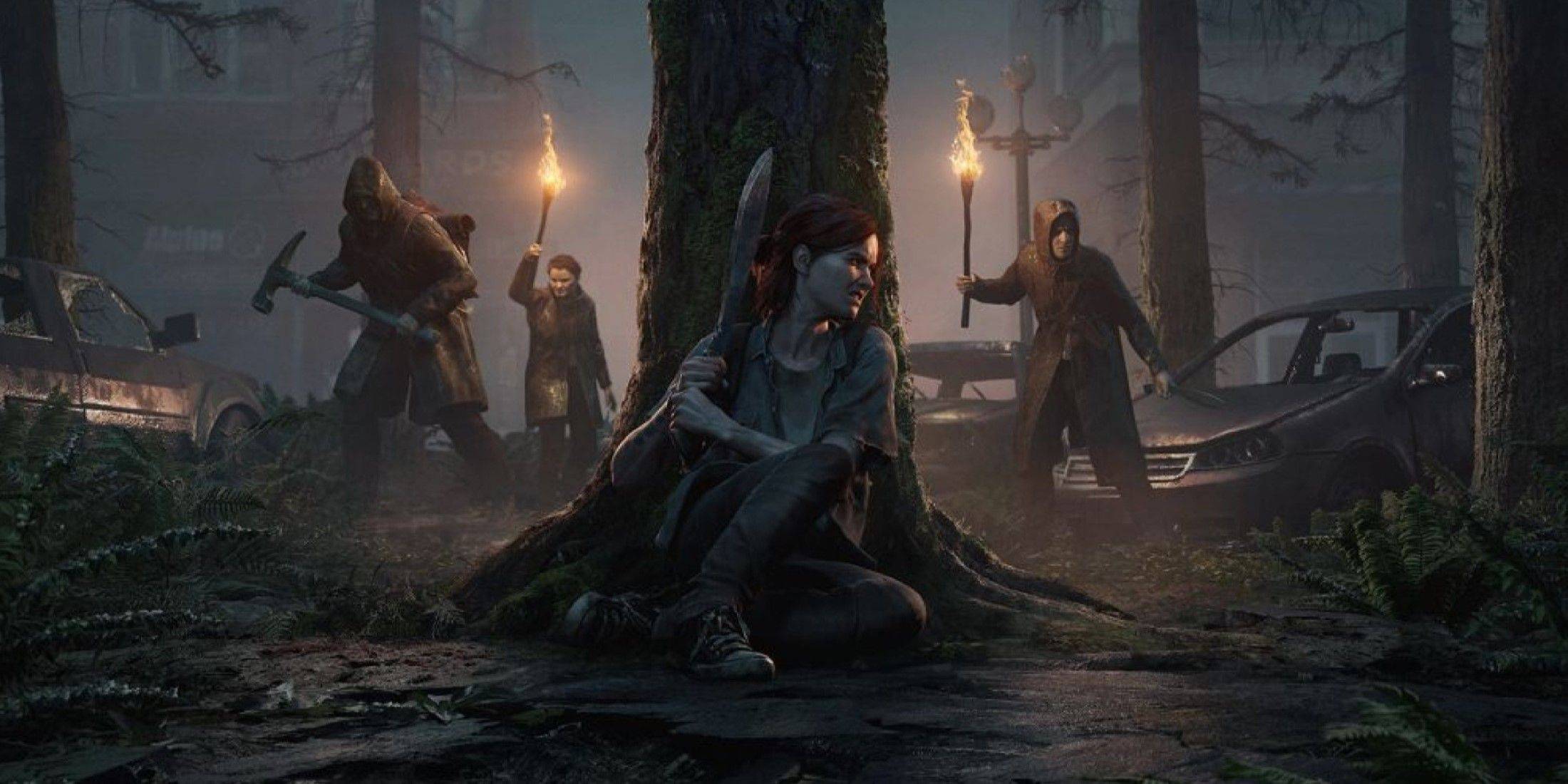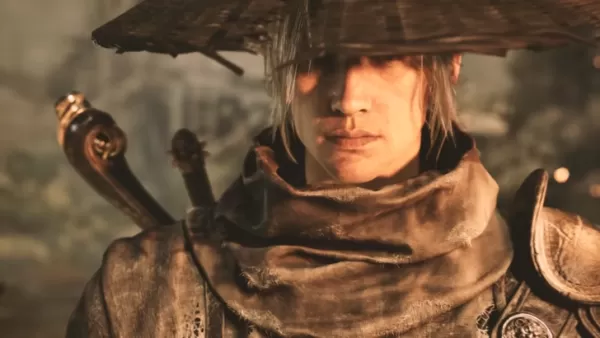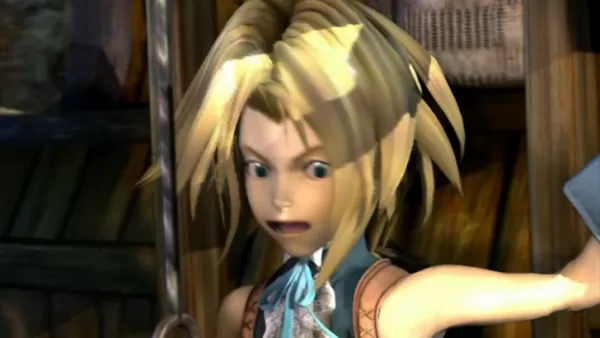"Dragon Quest Creators on Silent Protagonists in RPGs"
- By Joshua
- Mar 27,2025

RPG veterans Yuji Horii and Katsura Hashino, the directors behind Square Enix's "Dragon Quest" and Atlus' "Metaphor: ReFantazio," respectively, have shared their insights on the role of silent protagonists in today's RPGs. This conversation took place amidst discussions about the advancements in game technology and the ever-changing landscape of game development.
Dragon Quest Creator Talks Modern Challenges of Using Silent Protagonists
Silent Protagonists Seem Increasingly Out of Place in Modern Games
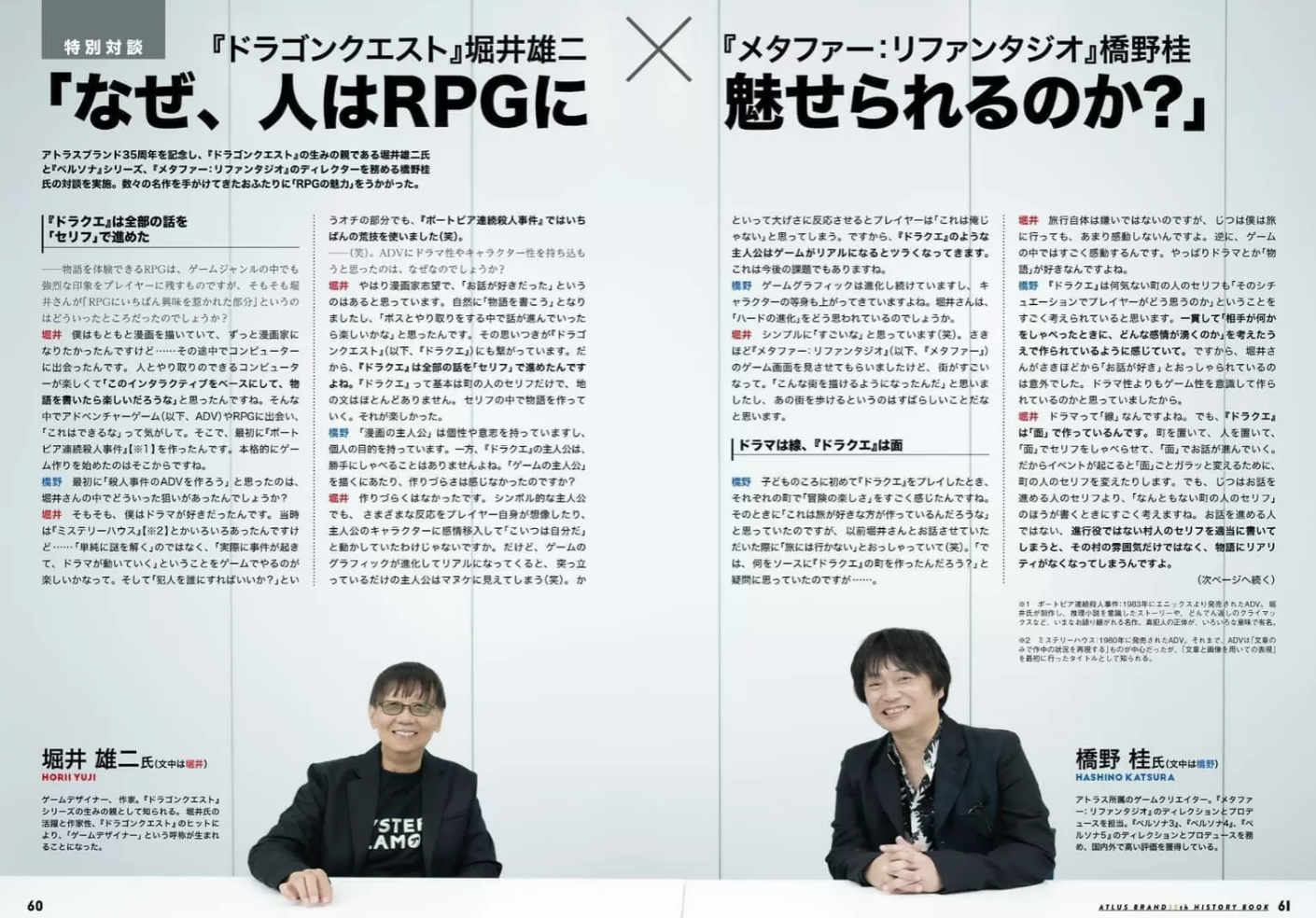
image (c) Den Faminico Gamer
Yuji Horii, the mastermind behind the iconic Dragon Quest RPG series, recently engaged in a thought-provoking dialogue with Katsura Hashino, the director of Atlus' upcoming RPG, Metaphor: ReFantazio. This exchange was captured in an excerpt from the "Metaphor: ReFantazio Atlas Brand 35th Anniversary Edition" booklet. They delved into the nuances of storytelling within RPGs, highlighting the unique challenges faced by Dragon Quest as video game graphics continue to evolve towards greater realism.
A cornerstone of the Dragon Quest series is its utilization of a silent protagonist, which Horii refers to as "the symbolic protagonist." This approach allows players to project their own emotions and reactions onto the main character, thereby enhancing immersion within the game's world. Silent protagonists, serving as player avatars, engage with the game primarily through dialogue choices rather than spoken lines.

Horii pointed out that the simpler graphics of earlier games facilitated the use of silent protagonists. "As game graphics evolve and become increasingly realistic, a protagonist who just stands there can look out of place," Horii humorously noted.
Horii, who originally aspired to be a manga artist, was drawn to the video game industry through his passion for storytelling and fascination with computers. Dragon Quest emerged from these passions, emphasizing story progression through interactions with game bosses. "Dragon Quest is fundamentally built on dialogue with townspeople, with minimal narration. The story unfolds through these conversations, which is part of its charm," he elaborated.
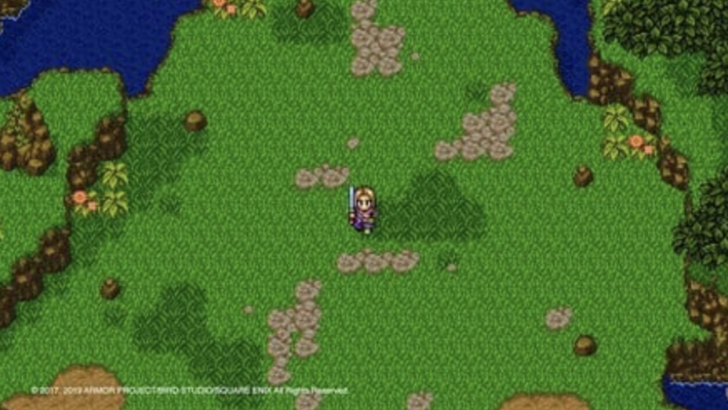
Horii acknowledged the growing challenge of maintaining this approach in modern games, where realistic graphics can make a non-reactive protagonist seem incongruous. In the early days of Dragon Quest, the minimalistic graphics of the Nintendo Entertainment System (NES) allowed players to easily fill in the emotional gaps left by the silent protagonist. However, as games' visuals and audio have become more sophisticated, Horii admitted that depicting silent protagonists has become increasingly challenging.
"That’s why, the type of protagonist featured in Dragon Quest becomes increasingly difficult to depict as games become more realistic. This will be a challenge in the future too," the creator concluded.
Metaphor ReFantazio Director Thinks Dragon Quest Puts Players' Feelings First
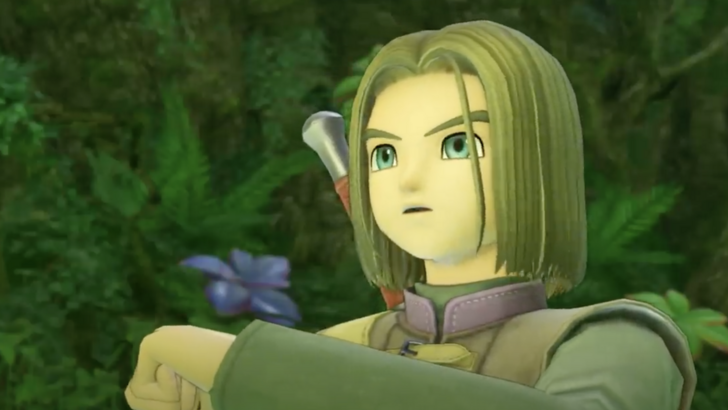
Dragon Quest remains one of the few major RPG series that continues to feature a silent protagonist, who, aside from occasional reactionary sounds, remains silent throughout the game. In contrast, other RPG series like Persona have included voiced lines for their protagonists during battles and cutscenes, a practice that started prominently with Persona 3. Meanwhile, Hashino's upcoming game, Metaphor: ReFantazio, will feature a fully voice-acted protagonist.
While Horii reflected on the limitations of silent protagonists in modern games, Hashino praised him for the unique and emotionally-attuned experience Dragon Quest provides. "I think Dragon Quest puts a lot of thought into how the player will feel in a given situation," Hashino remarked to Horii, "even when it comes to interactions with regular townsfolk. The games are consistently designed with the player's emotions in mind, considering what feelings might arise from certain dialogues."
Latest News
more >-

-

-

-

- Play Assassin's Creed in Chronological Order
- Nov 18,2025
-
